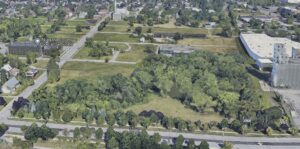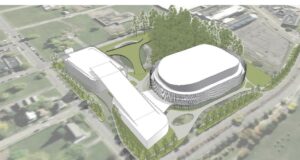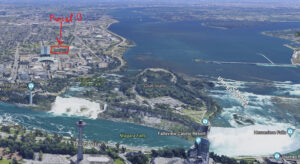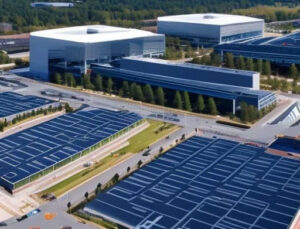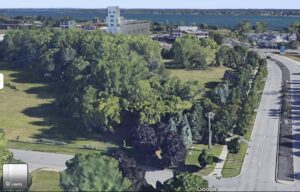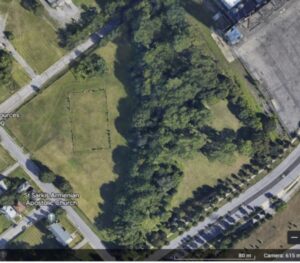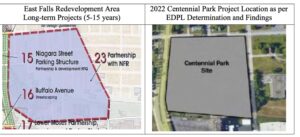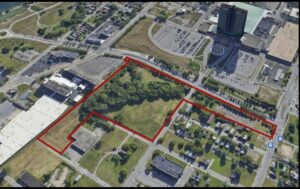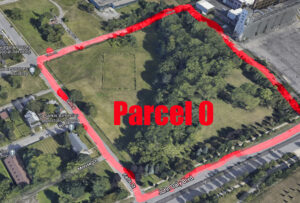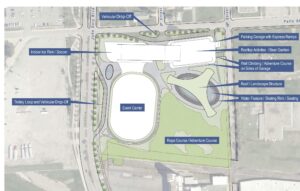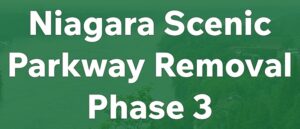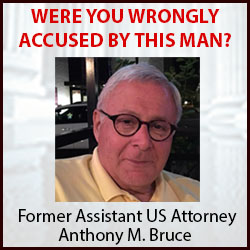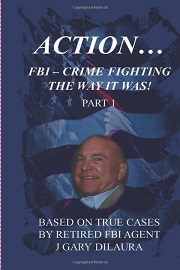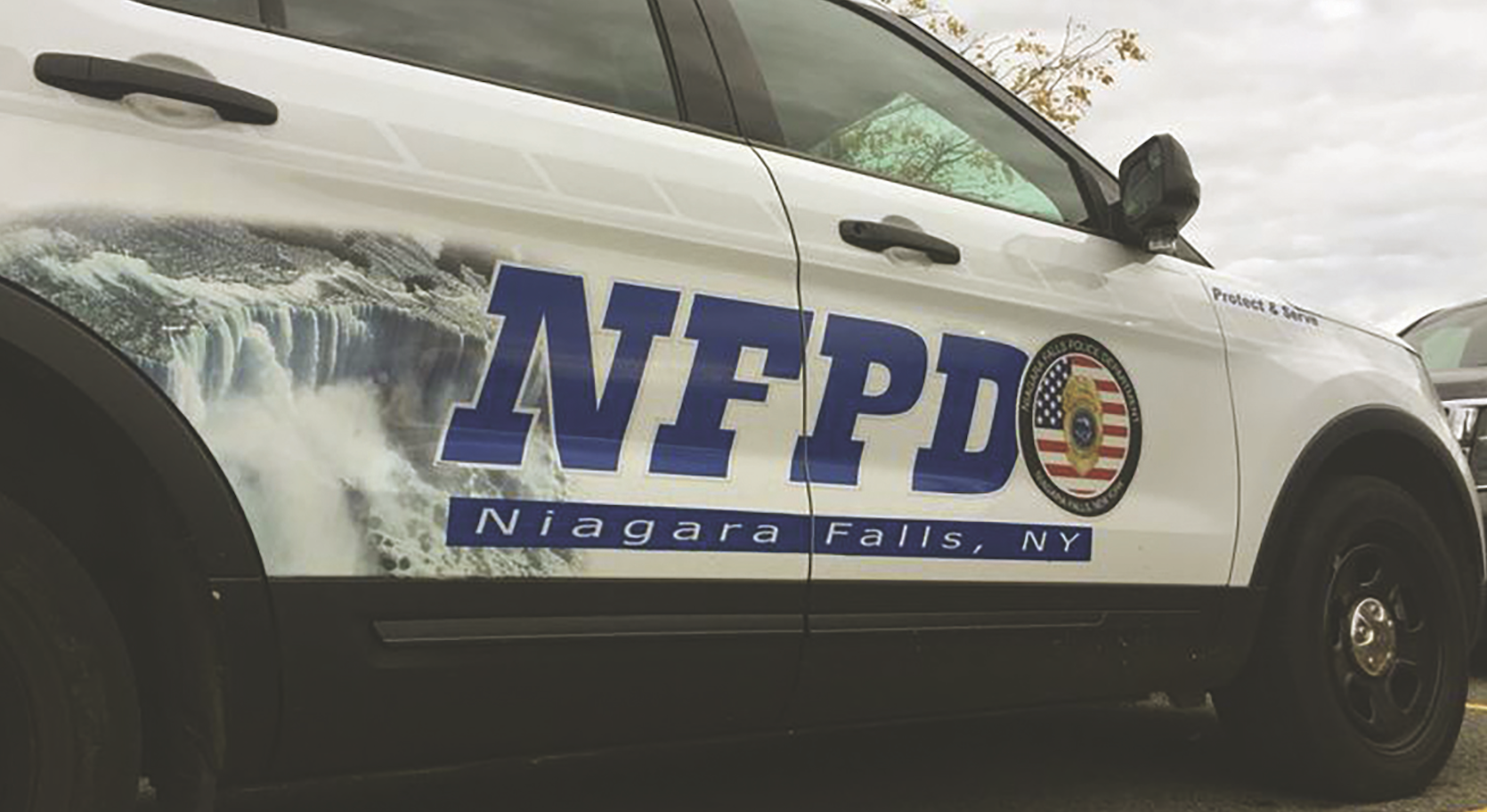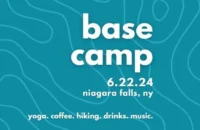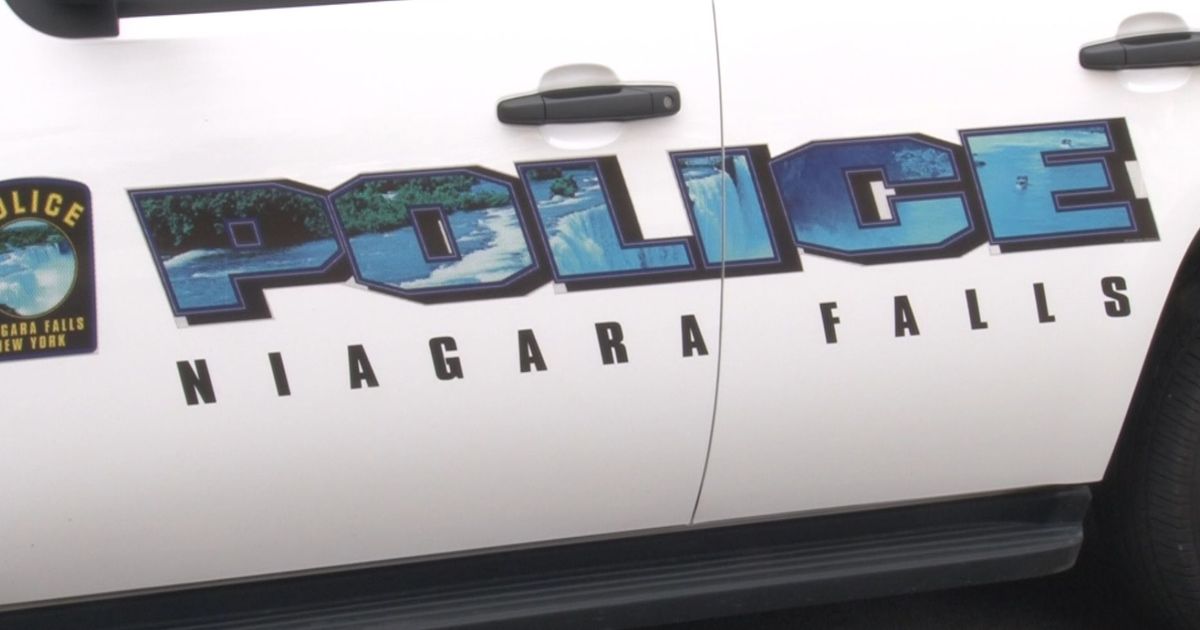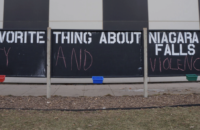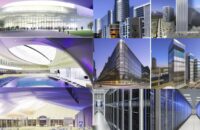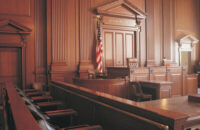- NFR Fights Back Against City of Niagara Falls’ Attempt to Take Private Property: Alleges Violation of Comprehensive Plan
- Challenges City’s Eminent Domain Attempt in Appellate Court
Brief alleges City manufactured new “blight” allegation despite the fact that the well-manicured, wooded parcel is properly maintained and has never been so much as a day late or a dollar short on property taxes.
NIAGARA FALLS, NY —Can the City of Niagara Falls declare a piece of private property “blighted”—out of the blue, months after it initially commenced a condemnation proceeding—just because the City wants to take it? And without providing any evidence or even giving the private landowner a chance to respond?
How is this wooded land, NFR’s Parcel 0, blight?
Can the City of Niagara Falls violate its own 2009 Comprehensive Plan, adopted under New York State law, which committed the City to its “partnership with NFR” on a suggested timeline of up to 15 years to bring development to Niagara Falls?
NFR Files Brief; Raises Tough Questions in Eminent Domain Case Against City of Niagara Falls: Will Private Property be Safe?
These are among the questions raised in a sharply-worded brief filed on Wednesday, March 1, 2023, by Niagara Falls Redevelopment (NFR), the private landowner whose property is the target of an attempt by the City of Niagara Falls to take the land for an unfunded and highly speculative events center and park.
Mayor Robert Restaino wants to seize valuable private land to build an events center: His problem is the City does not have the money to buy the land or build the project.
The new brief, filed before the New York State Supreme Court, Appellate Division, also asks the court to rule that the City of Niagara Falls:
- Has not demonstrated a planned public use, benefit or purpose for the land before commencing its hasty eminent domain action;
- Is taking private property in excess of what is necessary for the supposed Centennial Park project;
- Failed repeatedly to even correctly identify the land it wanted to seize; and
- Violated section 204(a) of the New York State’s Eminent Domain statute, which requires publication of a synopsis of the City’s determination and findings within 90 days of the closing of its public hearing.
The brief states that the “The New York Eminent Domain Procedure Law (“EDPL”), New York State Constitution, and United States Constitution protect private tax-paying citizens… from the very sort of overreach the City is committing through its ill- conceived land grab.”
Given the haphazard and shifting nature of the City of Niagara Falls’ eminent domain attempt, the brief asks the court to reject the City’s “strongarm tactics” in order “to preserve the integrity of New York’s eminent domain process.”
The brief, in essence, asks: If the City of Niagara Falls is allowed to take NFR’s property under such flimsy pretext, what private citizen’s property is really safe?
NFR wants to build a project 10 times the size and cost of the mayor’s unfunded plan. The difference is NFR has the funding,is not using taxpayer money and not taking land from someone else to accomplish its plans.
According to the filing, the City’s attempt to take the property is particularly egregious, as it is aware of the plans the City privately supported for months to help NFR build the “Niagara Digital Campus” on its own property with its own money—plans that would partner with Urbacon Data Centre Solutions, a premier developer and operator of state-of-the-art data centers, to build a $1.48 billion technology and data hub that would bring thousands of jobs and cutting-edge technological infrastructure to Niagara Falls. As the brief states:
Only today’s City officials know why it is they keep lurching from rationalization to rationalization to justify their seizure of Petitioners’ land, particularly when they have no idea whether anything they might do with it will be economically viable. Similarly, only those same City officials know why it is they imposed a Commercial Data Center Moratorium and then announced their plans to take Petitioners’ property by eminent domain within months of expressing enthusiasm for NFR’s plans to develop a $1.48 billion commercial data center and even going so far as to offer suggestions on zoning and land use paths.
‘Blight’ Allegation Refuted by Facts
Trees are not usually considered blight
The NFR brief directly refutes the blight allegations. According to the brief:
…the City also acknowledges in its Determination and Findings that Petitioners have never been delinquent on property taxes and that Petitioners’ property, which consists of undeveloped greenspace on John B. Daly Boulevard and Falls Street, features a regularly cut lawn and trees and shrubberies fronting the Boulevard that are “reasonably maintained.”
The brief includes a Google Earth image of the wooded, well-maintained property to refute any blight allegation:
“By failing to give Petitioners and the public notice of the blight-remediation rationale for the taking and an opportunity to be heard and present evidence on same,” the brief states, “the City has robbed Petitioners of fundamental due process protections on the march to relieve them of their land.”
“Centennial Park” Plans in Direct Violation of City’s 2009 Comprehensive Plan
The NFR filing also points out that the City’s plan directly contravenes the Comprehensive Plan the City adopted in 2009. The brief states:
In the absence of “a market study fully assessing economic impacts associated with any proposed development,” as required by the Comprehensive Plan, Centennial Park’s vaunted “potential” is just happy talk.
But what is fatal to the City’s condemnation proceeding is that no “public use” justification for Centennial Park—whether it be “parks are good” or “blight is bad” or whatever the City comes up with next—can be squared with the Comprehensive Plan or any other planning documents on which the City purports to rely.
Centennial Park runs afoul of every single planning document the City has paid outside consultants to create.
The brief includes a map from the 2009 Comprehensive Plan, placed next to a map of the land the City plans to take from the private landowner, which shows the land should be developed in “Partnership with NFR”:
The brief states:
On the left is a depiction of the East Falls Redevelopment Area from figure 20 of the City’s 2009 Comprehensive Plan, which included among its “Long-term Projects” commercial development in “partnership with NFR” within “5-15 years.” On the right is an excerpt from figure 1 of the City’s 559-page EDPL Traffic Impact Study, which locates Centennial Park squarely within the East Falls Redevelopment Area. This side-by-side snapshot serves as a graphic illustration that the City’s proposed taking of Petitioners’ property constitutes a radical departure from the intended public use, benefit, and purpose of that very same property as established by the City in its 2009 Comprehensive Plan.
Next Steps… and “Bumbling” Shifts in City Plans
On March 13, 2023, the City of Niagara Falls will hold a third public hearing on an amended set of Determinations and Findings in the eminent domain action. While it is very uncommon to hold a new hearing after the filing of a lawsuit to challenge a proposed taking of private property, the March 13 hearing presumably was necessitated by the fact that the City has several times changed the description of the property it wants to take from NFR.
First, the City wanted the entire area in red – including long narrow strips of NFR frontage – as if .Mayor Restaino sought to destroy all potential NFR had for developing its other 130 acres.
When a City tries to take a private land owner’s property, it ought to know what land it wants. Not Mayor Restaino. He modified the proposed taking by eliminating the narrow strips of land to square off the parcel. Why?
According to the brief:
Emblematic of the City’s bumbling and adding to the confusion as to the size of the City’s proposed taking, on the same day the City Council adopted a resolution concerning the form of the Determination and Findings, the City completed the State Environmental Quality Review environmental assessment form, which (mis)characterized the targeted property as consisting of 10.3 acres.
But that would not be the end of the City’s adjustments to its proposed taking. Just this past month, the City Council, at the urging of Mayor Robert Restaino at a special meeting that did not allow for public comment, adopted a resolution to hold yet another public hearing to discuss this taking−now 9.9 acres−of Petitioner’s property. Not only is this a fourth parcel size description without explanation, but the City changed the proposed scope of the project as well. Perhaps owing to a closer reading of the Comprehensive Plan, and an eleventh-hour attempt to shoehorn its project into that Plan’s framework, the City apparently no longer desires to build “an outdoor Amphitheatre, a water feature ice skating rink.” What else will change at the March 13, 2023 public hearing? It truly is anyone’s guess.
In describing his fanciful plan, Mayor Restaino promised cake and candy to a gullible public. He said Centennial Park would have an outdoor amphitheater and a splash pad that converts to an ice skating rink. Perhaops realizing that he has underestimated the cost of this development by more than a $100 million, Mayor Restaino has started to downgrade the project drastically. It went from Centennial Park to Semi-Centennial Park. Before it is over, it will likely become Quadranscentennial Park.
A hearing before the Appellate Division of the New York State Supreme Court will be held May 22, 2023, with a decision expected months later.
Appeals of any decision in favor of the City of Niagara Falls could take years.
A copy of the full brief can be downloaded here.
The court docket with all briefs and exhibits is available here.
For more information on NFR and Urbacon’s development plans, visit niagaradigitalcampus.com.

